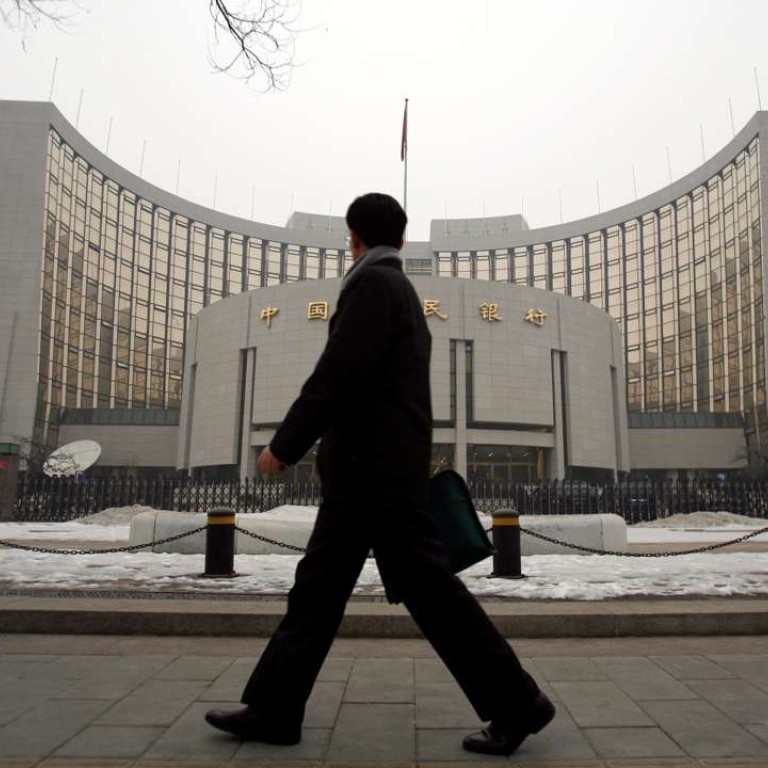
China’s tightening measures to continue but risks remain if markets pushed too hard
China’s financial authorities expect to continue their supervisory tightening in a gradual and phased manner, but the full impact on markets will depend how strictly the new rules are interpreted and enforced, said analysts.
“Strict enforcement of all the recent rules could lead to a sharp and disorderly unwinding of the interbank positions and some shadow bank investments, leading to serious liquidity concerns in the market,” said Wang Tao, an economist at UBS.
China’s financial authorities have tightened supervision and regulations in recent weeks, with the China Banking Regulatory Commission (CBRC) leading the latest wave of measures and announcements.
Banks’ liquidity and credit risk management, wealth-management products (WMPs) and links with non-bank financial institutions (NBFIs) are key areas facing more scrutiny, Wang said.
In the near term, if tightening by various authorities is not managed well it could lead to a rise in credit events (such as defaults or bankruptcies), excessive liquidity tightening, faster-than-intended slowdown in credit growth, and greater market volatility, UBS warned.
Worried about asset bubbles, a rising number of credit events and the increasingly larger and more complex financial leverage situation, Chinese authorities began the current round of regulatory tightening in 2016 by first trying to reduce bond market leverage.
As China’s central bank guided money market rates up, other regulators also issued or proposed rules to tighten and contain shadow banking activities. In the first quarter of 2017, the People’s Bank of China (PBOC) formally included banks’ off balance sheet WMPs in its Macro Prudential Assessment (MPA) indicators, and mainland media reported a PBOC-coordinated proposal to regulate all asset management products.
“The ongoing supervisory tightening will likely be the most important force tightening liquidity and credit this year,” said Wang. “Credit impulse has been coming down, and may slow further and more than suggested by official data,” she added, referring to the change in new credit issued as a percentage of the gross domestic product.
Containing leverage is undoubtedly good for the long-term health of the financial system, though in the short term tightening measures could trigger more credit events and more volatility, especially if not well coordinated, Wang said.
Wang warned that if there was a mismatch between government expectations of the impact and market reality, it may heighten associated market volatility this year.

